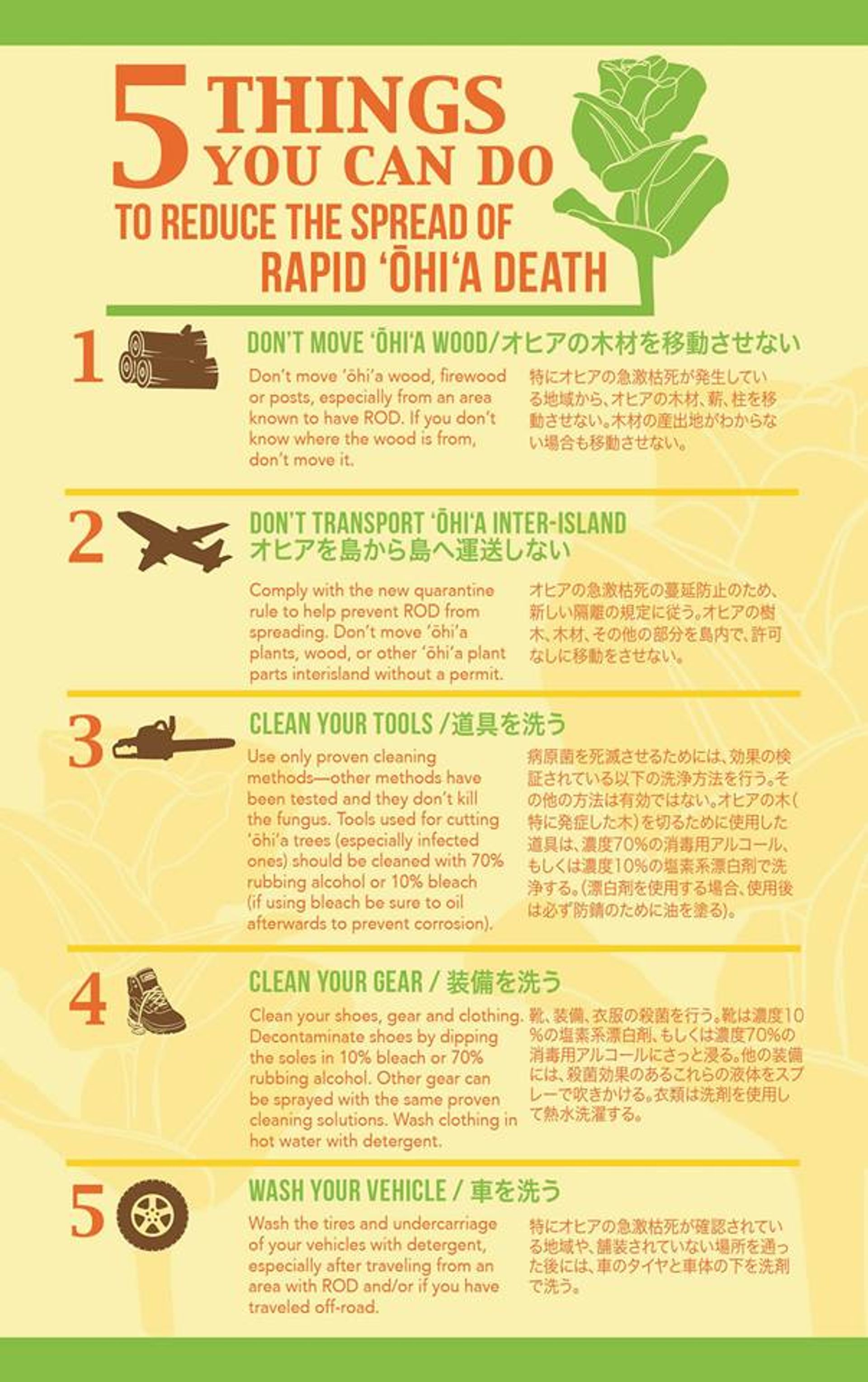Access to Puna Trail restricted due to paving of Beach Road. Closed from April 17, 2024 to April 19, 2024.
The Puna trail follows a historic carriage trail that once linked fishing villages in the Puna district. Beginning at a gravel parking lot, the trail parallels the coast where hikers follow the rock curbed trail through mostly exotic jungle, with views of the ocean along the way. The trail ends at the scenic Hāʻena beach. Often honu (green sea turtles, Chelonia mydas) and ʻīlioholoikauaua (Hawaiian monk seal, Monachus schauinslandi) can be seen basking on the shore. Behind the beach is the historic Shipman Estate and is still used as the family's residence. This property has also been managed as a refuge for nēnē (Branta sandvicensis) since 1918, making it the oldest nēnē breeding program in the world.
Difficulty: Easy
Highest Point: 20 ft.
Lowest Point: sea level




